🌼 The Fragrance of Freshness in Your Home 🌼
Choosing aromatic plants for vertical gardens is a fantastic way to add charm, practicality, and a refreshing fragrance to your home.
Imagine the joy of picking fresh basil or mint 🥑, creating a serene atmosphere that makes your space both inviting and functional.
💟 When I started my first vertical garden, I had no idea how much joy it would bring. Using a wooden pallet 🌲 mounted on my kitchen wall, I grew basil, mint, and thyme. Each morning, the fresh mint aroma invigorated me 🌮, and harvesting basil for dinner became a rewarding ritual. That small project not only brightened my apartment but also became a symbol of growth and care in my daily life.
In this article, we’ll explore the best aromatic plants for vertical gardens, their benefits, and practical care tips. You’ll also learn how to create your own vertical garden, avoid common mistakes, and explore different styles to match your space.
🌟Why Choose Aromatic Plants for Vertical Gardens?🌟
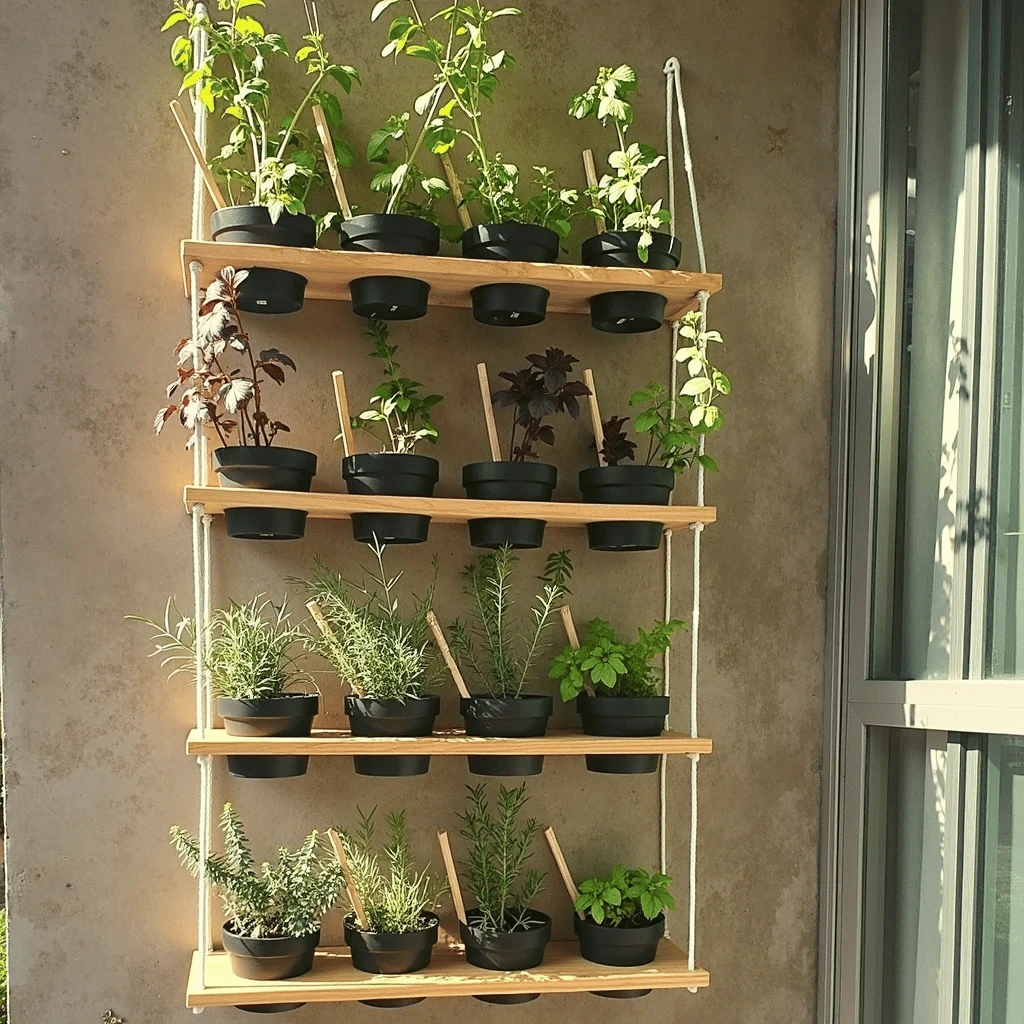
Aromatic plants for vertical gardens offer much more than beauty; they bring practicality, relaxation, and a sense of nature into your home. Here’s why they’re a perfect choice:
✅ Space Efficiency: Their compact growth habits make them ideal for vertical garden setups, utilizing limited space effectively.
✅ Functional Appeal: Many aromatic plants for vertical gardens double as fresh culinary herbs 🍲, natural air fresheners 🌿, or ingredients for teas ☕.
✅ Air Purification: Certain plants, like lavender and mint, help improve indoor air quality by reducing toxins and refreshing the environment.
✅ Relaxation & Mood Enhancement: The natural aromas of these plants reduce stress, promote relaxation, and create a calm atmosphere.
🌱Top 12 Aromatic Plants for Vertical Gardens in Apartments🌱
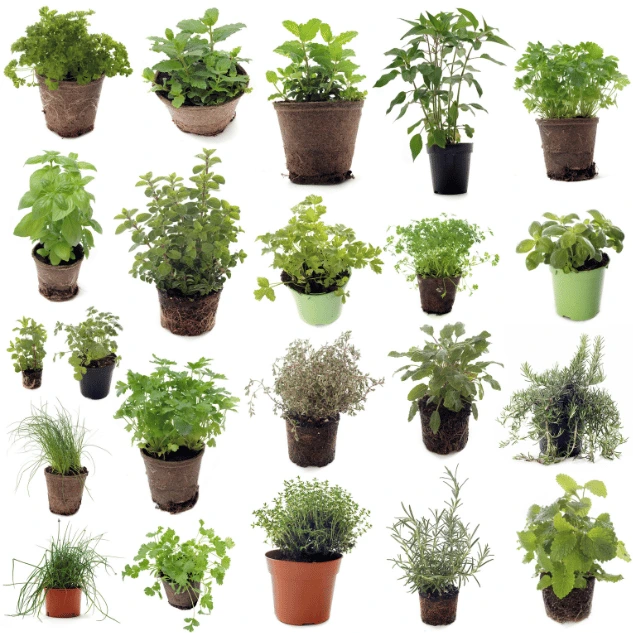
1. Basil 🥑
- ✨ Ideal Conditions: Requires 6–8 hours of sunlight daily and consistently moist soil.
- 💚 Care Tip: Pinch off the flowers to encourage leafy growth. Harvest frequently to keep the plant thriving.
2. Mint 🍃
- ✨ Ideal Conditions: Thrives in partial sunlight with moist, well-drained soil.
- 💚 Care Tip: Mint spreads aggressively; plant it in its own container to prevent it from overtaking other herbs.
3. Lavender 💜
- ✨ Ideal Conditions: Prefers full sunlight and sandy, well-drained soil.
- 💚 Care Tip: Avoid overwatering. Trim woody stems in early spring to encourage new growth.
4. Rosemary 🌿
- ✨ Ideal Conditions: Needs full sunlight and slightly dry soil.
- 💚 Care Tip: Rotate the plant weekly to ensure even sunlight exposure. Use cuttings to propagate new plants.
5. Thyme 🍂
- ✨ Ideal Conditions: Thrives in sunny spots with well-drained soil.
- 💚 Care Tip: Let the soil dry out before watering again and prune often to keep the plant from becoming overly woody.
6. Oregano 🍕
- ✨ Ideal Conditions: Requires full sunlight and moderately dry soil.
- 💚 Care Tip: Harvest stems when the plant starts flowering for the most robust flavor.
7. Lemon Balm 🍋
- ✨ Ideal Conditions: Grows best in partial shade with moist soil.
- 💚 Care Tip: Pinch back the stems regularly to promote bushier growth and prevent legginess.
8. Parsley 🌱
- ✨ Ideal Conditions: Prefers indirect light and evenly moist soil.
- 💚 Care Tip: Harvest the outer leaves first to keep the plant producing. Avoid letting it flower.
9. Cilantro (Coriander) 🌾
- ✨ Ideal Conditions: Needs moderate sunlight and well-drained, moist soil.
- 💚 Care Tip: Plant new seeds every few weeks to maintain a steady supply, as cilantro bolts quickly.
10. Chamomile 🌼
- ✨ Ideal Conditions: Loves sunny spots and light, well-drained soil.
- 💚 Care Tip: Harvest flowers when they are fully open. Dry them for teas or potpourri.
11. Sage 🌿
- ✨ Ideal Conditions: Prefers full sunlight and well-drained soil.
- 💚 Care Tip: Prune back old growth in spring to make way for fresh shoots.
12. Chives ✂️
- ✨ Ideal Conditions: Requires plenty of sunlight and fertile, moist soil.
- 💚 Care Tip: Snip leaves close to the base to encourage regrowth. Divide the plant every few years to keep it productive.
🎥 Check out this video for more amazing aromatic plants for indoor spaces and valuable growing tips! 👇🏻
🌿How to Create a Vertical Garden in Your Apartment🌿
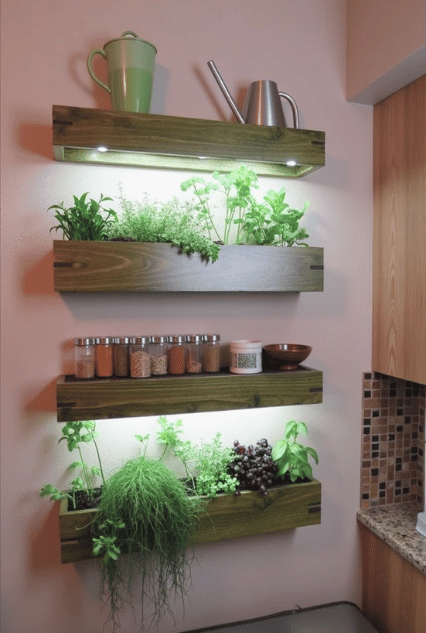
✅ Choose the Right Structure
- Practical Options: Floating shelves, hanging pots, wooden panels, or wall-mounted planters.
✅ Optimal Light Placement
- Near sunny windows for natural light, or use LED grow lights for darker spaces.
✅ Watering & Soil
- Use well-draining soil and water moderately to avoid root rot.
- Consider a drip irrigation system for easier maintenance.
❌Common Mistakes to Avoid in a Vertical Garden ❌
🚫 Overwatering 💦
- Most herbs don’t like soggy soil. Choose pots with drainage holes.
✅ Solution: Use well-draining soil and only water when the topsoil feels dry.
🚫 Lack of Pruning ✂️
- Regular trimming helps plants stay healthy and prevents overgrowth.
✅ Solution: Harvest herbs frequently to promote fresh growth and prevent early flowering.
🚫 Mixing Incompatible Herbs 🚫
- Keep aggressive growers like mint in separate containers to prevent them from overtaking other plants.
✅ Solution: Plan your garden by grouping plants with similar growth habits together.
🚫 Poor Light Positioning 🔦
- Many herbs need at least 4-6 hours of sunlight daily. Without proper light, plants may become weak.
✅ Solution: Place your garden near a sunny window or use LED grow lights to supplement. Rotate plants weekly for even light distribution.
💡 Struggling with low light in your apartment? Learn how to optimize your plant growth with [How to Choose the Best Grow Lights for Plants at Every Stage]!
🚫 Humidity and Pest Control 🐜
- Dry indoor air can stress herbs, and pests like aphids can become a problem.
✅ Solution: Increase humidity by placing a tray of water near the plants or using a humidifier. Use neem oil or a mild soap spray for pest control.
🌿 Want to keep your vertical garden pest-free? Check out [How to Prevent Pests in Vertical Gardens Naturally] for simple and effective solutions!
🏡 Best Styles for Vertical Gardens in Apartments 🏡
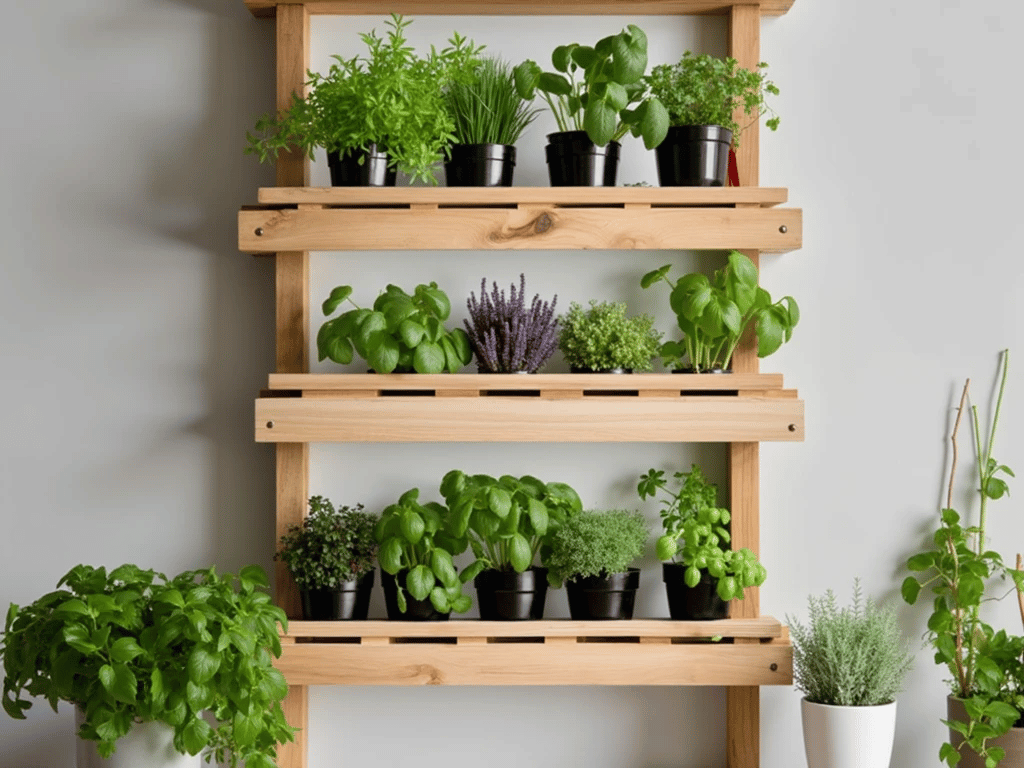
✔️ Minimalist: Clean wooden shelves with neutral-tone pots.
✔️ Rustic: Reclaimed wood panels and terracotta pots.
✔️ Modern: Metal structures with built-in LED lights.
✔️ Kitchen-Friendly: Wall-mounted herb planters near the cooking area.
🌿 FAQ: Frequently Asked Questions ❓
❓ 1. What are the best aromatic plants for vertical gardens in apartments?
✅ The best choices include basil, mint, lavender, rosemary, thyme, oregano, sage, and chives, as they are easy to grow in small spaces and adapt well to vertical setups.
❓ 2. How do I keep a vertical garden healthy in a small apartment?
✅ Choose pots with good drainage, use a lightweight soil mix, water moderately, and place the plants near a sunny window or use LED grow lights if natural light is limited.
❓ 3. How can I prevent pests in aromatic plants for vertical gardens?
✅ To keep your vertical garden pest-free, use neem oil, natural soap spray, and ensure proper ventilation. Avoid excess humidity to prevent fungal infections.
❓ 4. Can I grow aromatic plants without direct sunlight?
✅ Yes! If your home has little natural light, you can use LED grow lights to simulate sunlight. Basil and mint adapt well to artificial lighting.
❓ 5. What is the most common mistake when growing herbs in vertical gardens?
✅ The most common mistake is overwatering. Most herbs prefer soil that dries slightly between waterings. Also, avoid planting mint with other herbs, as it spreads aggressively and can overpower them.
🌿A Fragrant Oasis in Your Apartment 🌿
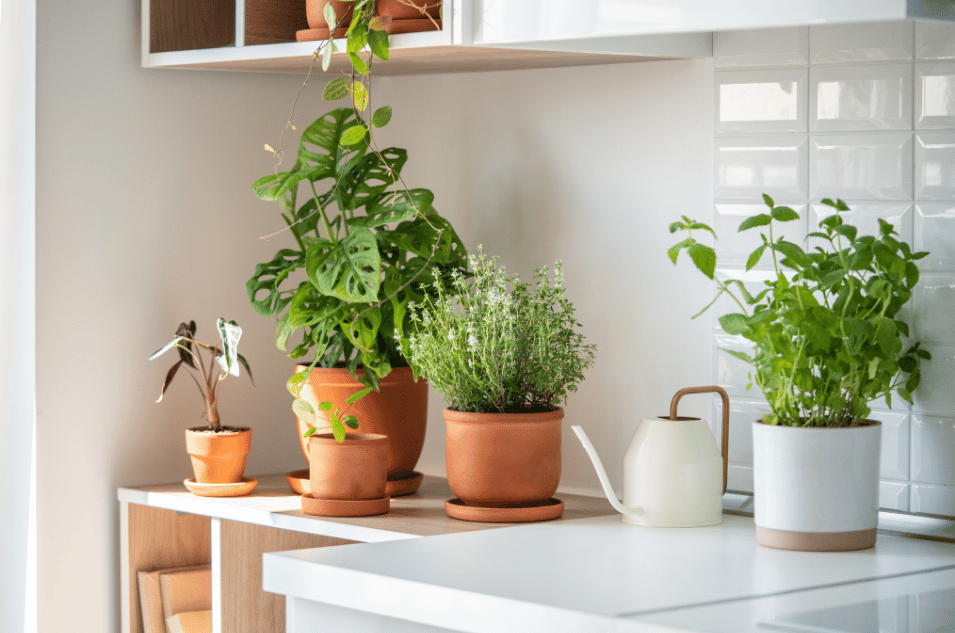
Creating a vertical garden with aromatic plants is more than a hobby it’s a lifestyle choice that enhances your home and well-being. Take the first step today: start with one or two herbs and watch your space transform into a fragrant retreat.
🌱 Challenge: Pick one aromatic plant from the list and create your own vertical garden this week! Share your progress and inspire others to join the green movement.
📚 For additional tips and resources, check out:

